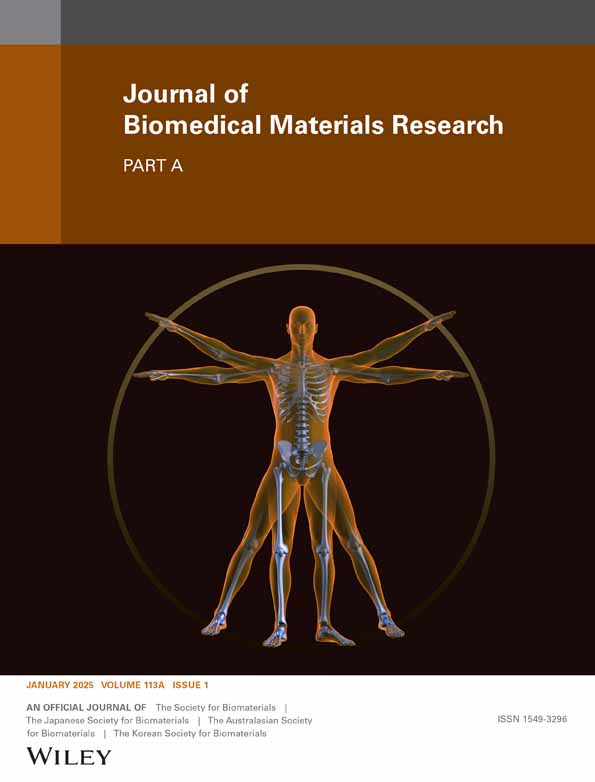Vascular Endothelial Growth Factor-Mimetic Peptide and Mitochondria-Targeted Antioxidant-Loaded Hydrogel System Improves Repair of Myocardial Infarction in Mice
Abstract
Myocardial infarction (MI) is a pathological state characterized by persistent ischemia of the heart. Following MI, the structural and functional remodeling of the myocardium and vasculature involves oxidative stress and mitochondrial dysfunction, which exacerbate myocardial injury. Currently, there are limited effective treatments available to alleviate MI-induced damage. Vascular endothelial growth factor-mimetic (QK) peptides and mitochondria-targeted Szeto–Schiller (SS31) peptides have been extensively investigated for their therapeutic potential in various ischemic cardiomyopathies. However, traditional topical agents used in myocardial ischemia treatment suffer from limitations such as transient retention or undesirable diffusion of the drug. Consequently, a controlled drug delivery system capable of delivering QK and SS31 has gained significant attention for repair. In this study, we constructed self-assembled nanofibrous hydrogels incorporating QK and SS31 with customizable peptide amphiphilic (PA) molecules, resulting in PA1-QK and PA2-SS31 formulations. In vitro experiments demonstrated that both QK and SS31 effectively inhibited mitochondrial damage and apoptosis in a cellular hypoxia/reoxygenation (H/R) model. In vivo studies using a mouse MI model revealed that PA1-QK and PA2-SS31 significantly promoted vascular regeneration, attenuated mitochondrial dysfunction and apoptosis, and facilitated the recovery of cardiac structure and function. These results suggest that PA1-QK and PA2-SS31-loaded self-assembled nanofiber hydrogels represent an effective drug delivery system for promoting regenerative repair of myocardium and blood vessels following MI.

 求助内容:
求助内容: 应助结果提醒方式:
应助结果提醒方式:


